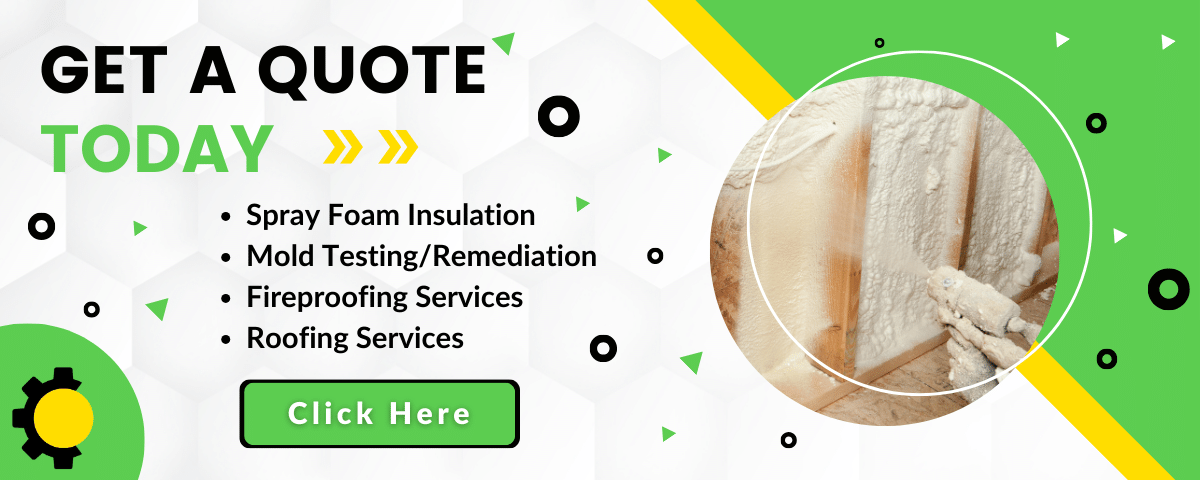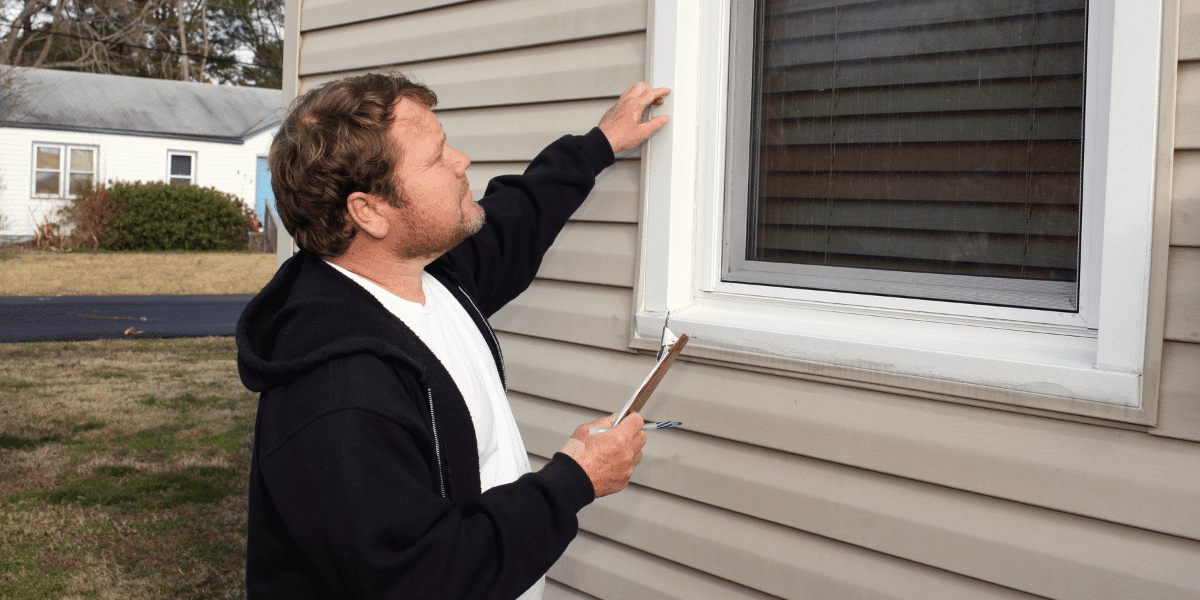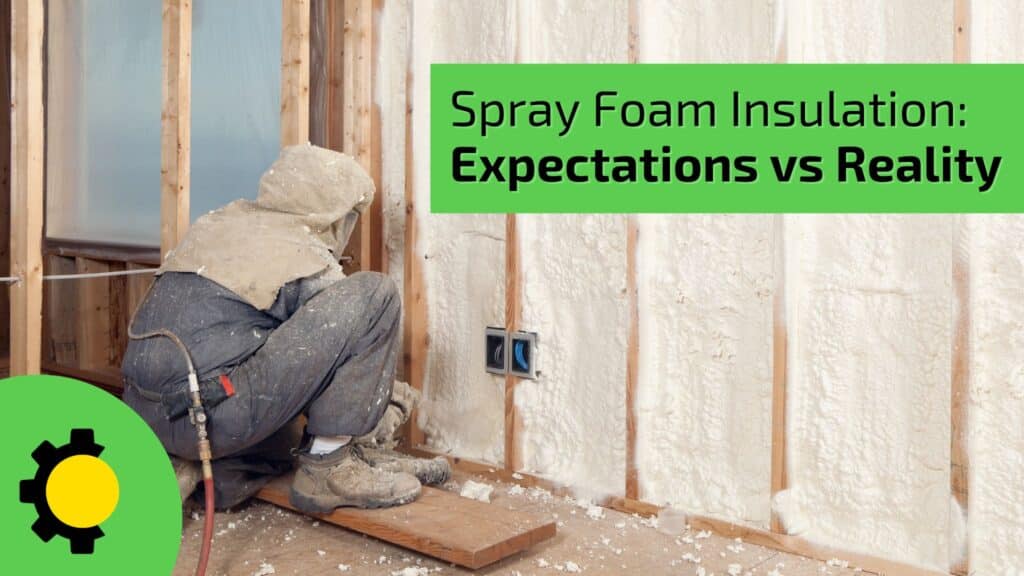When it comes to upgrading your home, it’s easy to get caught up in the big claims you find online.
Spray foam insulation is often surrounded by high hopes and bold promises—but does it really deliver what people think it does?
At Sunlight Contractors, we’ve been in the foam insulation business for many years. Over time, we’ve come across just about every question, misunderstanding, and assumption you can think of. That’s exactly why we’re here to clear the air and give you a down-to-earth look at what spray foam insulation truly offers—along with its benefits and its boundaries.
Here’s a breakdown of some of the most common expectations homeowners have—and how they stack up against reality.
Expectation: Foam Insulation Makes a Home Completely Soundproof
Reality: It reduces noise, but won’t eliminate it entirely.
A widespread belief is that spray foam insulation will block all noise, creating a perfectly soundproof environment.
The truth is that foam insulation—particularly injection foam in wall cavities and open cell spray foam in attic spaces—does an impressive job of cutting down on outside noise, sometimes reducing it by as much as 80 percent. Still, it won’t eliminate all sounds the way purpose-built soundproofing materials can.
Helpful insight: Open cell spray foam generally outperforms closed cell foam when it comes to noise control.
Expectation: Foam Insulation Costs About the Same as Fiberglass or Cellulose
Reality: It comes with a higher price tag, but delivers greater long-term benefits.
When looking solely at upfront expenses, spray foam insulation does tend to cost more than options like fiberglass or cellulose. But there’s a good explanation for the price difference:
- It forms a solid air barrier, something traditional materials aren’t designed to do.
- Installation calls for specific tools and training—this isn’t a product you can just grab off a shelf and install yourself.
- Foam insulation doesn’t need to be replaced, unlike fiberglass or cellulose which often degrade or settle within 10 to 15 years.
Plus, between available energy rebates and noticeable utility savings, that initial investment can pay off over time.

Expectation: Spray Foam Insulation is an Easy DIY Job
Reality: Do-it-yourself kits often lead to mistakes and extra costs.
While it’s technically possible to tackle a small diy spray foam job on your own using a froth pack—for example, sealing up a rim joist—it’s easy to apply the material unevenly. Inconsistent application can leave gaps, waste product, and reduce overall effectiveness.
Unless you have hands-on experience, hiring a professional is typically the safer—and sometimes more economical—choice in the long run.
Expectation: Foam Insulation Makes Future Electrical Work Impossible
Reality: Most types of foam still allow for wiring flexibility.
A common concern is that once foam insulation is in place, running wires becomes a major headache. But in most cases, that’s not true.
- Injection foam is soft enough to let you push wires through with ease.
- Open cell spray foam is denser but remains flexible enough for most electrical work.
- Closed cell spray foam is the exception—it’s much harder and less forgiving.
With closed cell foam, there are times when rerouting wiring or cutting into drywall may be necessary, depending on the situation.
Expectation: Spray Foam Must Hit Prescriptive R-Values to Meet Code
Reality: It can qualify through actual performance instead.
Building codes often reference prescriptive R-Values, which are simply a measure of how well insulation resists heat flow. However, spray foam insulation can also be approved based on its real-world performance.
Spray foam contractors can use software like REScheck to evaluate the overall energy performance of a home. This tool accounts for air sealing and the type of construction assemblies used. If the home exceeds the baseline performance of the prescriptive R-Value requirements, it still passes code—even if individual R-Values are lower on paper.
Expectation: Foam Insulation is Extremely Flammable
Reality: The products used by Sunlight Contractors meet Class One fire safety standards.
While it’s true that foam is a plastic-based material, the spray and injection foams installed by Sunlight Contractors are designed to meet strict fire safety criteria. Learn more about: is spray foam insulation flammable?
These products carry a Class One Fire rating, meaning:
- The flame spread index is under 25.
- The smoke development index is below 450
These ratings comply with building code requirements and help ensure a safer environment in the event of a fire.

Expectation: Closed Cell Foam Will Seal Off Active Leaks
Reality: It resists moisture but won’t repair leaks—and can even make them harder to detect.
Closed cell spray foam does a great job resisting water intrusion, but it’s not a solution for existing leaks. It won’t stop active water entry and, in fact, may conceal the issue, allowing it to worsen over time.
If you’re dealing with water coming into your home, it’s essential to fix the source of the leak first. Once that’s taken care of, closed cell foam can be a reliable way to keep moisture out in the future.
Understand What Foam Insulation Really Offers
Spray foam insulation isn’t a one-size-fits-all miracle—but when installed properly and used in the right context, it’s one of the most effective upgrades for boosting energy efficiency, comfort, and the overall durability of your home.
Curious to learn more about what foam insulation can and can’t do? Visit the Learning Center on our website for more detailed insights, or connect with one of our experts for guidance tailored to your home’s specific needs.
Quick Recap:
- Foam insulation reduces noise but doesn’t fully soundproof a space.
- While it costs more upfront than fiberglass or cellulose insulation, it delivers longer-lasting, higher-quality performance.
- DIY foam kits often result in uneven application and wasted materials.
- Running wires through injection or open cell foam is typically not an issue.
- Foam insulation can meet building code through overall energy performance, not just R-Value numbers.
- The products used by Sunlight Contractors are fire tested and meet Class One safety ratings.
- Closed cell foam resists water but won’t stop existing leaks—those need to be repaired first.

